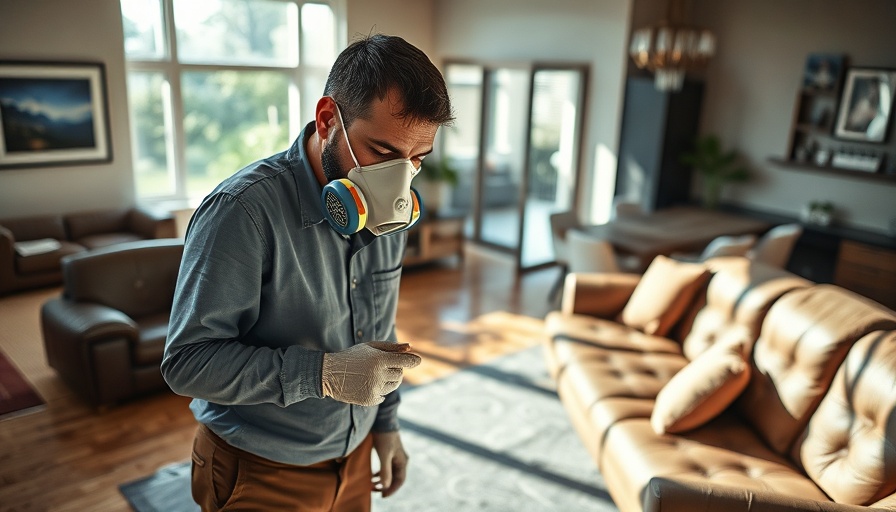
The Hidden Dangers of Flood-Damaged Homes
Flooding can wreak havoc on homes, but the biggest concern often lies beneath the surface. Beyond structural damage, floodwaters introduce a breeding ground for dangerous pathogens that can threaten your family’s health. Understanding these pathogens, their associated health risks, and effective remediation strategies is crucial for safety after a flood.
Understanding the Pathogens: What You Need to Know
When floodwaters recede, they leave behind more than just dampness. The EPA warns that floodwater can be contaminated with harmful bacteria, viruses, and toxic mold spores. From sewage to industrial chemicals, the risks are vast. Consequently, knowing how to address these hidden dangers is imperative.
The Top 5 Pathogens Found in Flood-Damaged Homes
1. E. coli: A Bacterial Threat
E. coli is notorious, often stemming from contaminated water due to flooding. This bacterium can cause severe gastrointestinal illnesses such as abdominal pain, vomiting, and in extreme cases, kidney failure. The risk amplifies if contaminated food or water is consumed.
2. Mold: The Unseen Menace
Mold is a common consequence of water damage, with species such as Aspergillus and Stachybotrys (black mold) proliferating in moist environments. Symptoms from exposure can include respiratory issues, skin irritation, and allergic reactions. Individuals with weakened immune systems are particularly vulnerable.
3. Salmonella: Handling Contaminated Surfaces
Salmonella bacteria often cling to surfaces in flood-affected areas. Contact with contaminated materials can lead to serious health issues characterized by fever and abdominal cramping. Prompt cleaning of these surfaces is essential to minimize health risks.
4. Legionella: The Threat from Standing Water
This bacterium thrives in warm, stagnant water, often found in flooded spaces. Legionella can be inhaled through water droplets, potentially causing Legionnaires’ disease, a severe form of pneumonia. Precautions should be taken when dealing with HVAC systems and other water sources.
5. Hepatitis A: A Viral Concern
Floodwaters frequently carry the Hepatitis A virus, known for affecting the liver and leading to jaundice and fatigue. Exposure through contaminated water can pose a significant health risk, highlighting the importance of water source safety in flood recovery efforts.
Effective Remediation Strategies
Step 1: Remove Contaminated Water and Debris
Start by eliminating all standing water using pumps and wet vacuums. The longer water remains, the higher the risk of pathogens taking root.
Step 2: Conditional Drying is Essential
Utilize commercial dehumidifiers and fans to decrease humidity and dry the affected areas thoroughly. Without proper drying, mold and bacteria will continue to thrive.
Step 3: Clean and Disinfect
Scrubbing surfaces with soap and water followed by appropriate disinfectants will kill remaining pathogens. Special attention should be paid to absorbent materials; seek professional mold removal if necessary.
Step 4: Material Replacement
Porous materials like drywall or carpets often need to be replaced, as cleaning may not eradicate all pathogens within.
Step 5: Professional Mold Remediation
For stubborn mold, consider hiring certified professionals specializing in mold remediation to ensure it is safely removed.
Protecting Your Home for the Future
Post-flood, consider using air purifiers to filter out airborne pathogens and improve indoor air quality. Implement preventive measures like proper ventilation and moisture barriers to mitigate future risks.
In the aftermath of flooding, it's vital to understand the potential health risks associated with water damage. By taking the appropriate steps for remediation and staying informed about safety measures, you can help ensure a healthy living environment for you and your family.
Contact trusted restoration services today to learn how to mitigate health risks and restore your flood-damaged home effectively.
 Add Row
Add Row  Add
Add 




 Add Row
Add Row  Add
Add 


Write A Comment